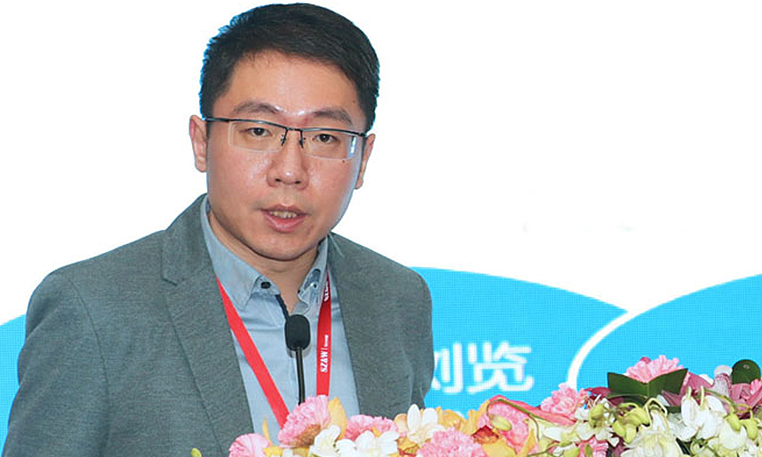ABCs of insurance – go beyond

Artificial Intelligence (AI), big data and cloud computing are just a few of the hottest developments in digital. While each has its benefits, China’s first and largest online-only insurer ZhongAn Technology CEO Chen Wei told Asia Insurance Review at an InsurTech conference in Shanghai why the industry should look beyond adopting the new technologies in silos.
Q: How do you see new technologies, besides big data and cloud computing, transforming the insurance business?
We can classify technology into two groups – new technologies, such as blockchain and AI, and traditional or existing solutions such as CRM. The potential for new technologies is massive because it can be scaled throughout the organisation, whereas the latter is only able to achieve normal enhancements that are only modular to specific business functions.
At present, the operational efficiency that is achievable with big data and cloud computing alone is limited. It is one thing to be able to collect and store the data, another to effectively integrate and transform all the information into valuable insights. These technologies cannot be used in silos. To truly maximise the potential of big data, we also need to leverage AI and blockchain, driven by cloud computing.
Q: Blockchain is one of the hottest technologies on many insurers’ agendas. What are your thoughts?
We see blockchain as an enabler for the entire economy and ecosystem, not just insurance alone. One of the goals we want to achieve through the use of blockchain is financial inclusion for the population.
ZhongAn Technology recently launched a product called “GoGo Chicken” catered to farmers. The product leverages a combination of technologies such as big data, blockchain and IoT to drive and monitor the farming activities.
Through the data collected, banks and insurers have better risk assessment of the farming industry, which allows them to offer suitable financial products to the farmers. With this initiative, we have created a new business case for the financial services industry.
Ultimately with blockchain, we want to provide a trusted and secure network for the insurance industry to thrive by drastically reducing fraud. At the same time, the operational costs for financial institutions and service providers can be greatly reduced.
Q: The use of tech is also expected to raise efficiency and the reach of insurance. How do you foresee the evolution of insurance distribution?
When it comes to distribution, traditional insurers are still heavily reliant on agents to drive offline sales, while AI powers online sales. The role of AI is to enhance the customer experience and traditional business lines. With big data as a complement, AI adoption can quickly and accurately determine and meet the needs of every customer. This thus brings us a step closer to offering truly personalised products.
While traditional insurers are digitising and empowering their agents with various technology tools, the fact is that distribution fundamentally remains agency-driven.
Given the rapid development of AI sales in the digital space, I foresee that in the next five years, both AI and agency will eventually merge to form a hybrid “AI-Agent” distribution model once traditional insurers are finally able to fully digitise and migrate their business to the digital world.
Q: What is your assessment of the present state of innovation in the industry?
There remains abundant opportunity for innovation in insurance within the wider financial ecosystem. Because if you look at banking, tech has already deeply penetrated and is well-embedded in the sector, at least in China. So naturally, the next target sector for development is the insurance sector.
Even as traditional insurers continue to operate within their existing models, there is an immediate need for them to modernise and digitise. For instance, our partnership with PingAn Insurance allows them to enhance and drive efficiencies to their existing processes and products via our latest technology services, such as AI-as-a-Service and Blockchain-as-a-Service.
Existing “innovation departments” will cease to exist in the future. The innovation culture needs to be embedded into every department, and every employee should be empowered to drive innovation using tech. This is what will shape and determine the future of organisations – the ability to innovate on an enterprise level without having an innovation arm.